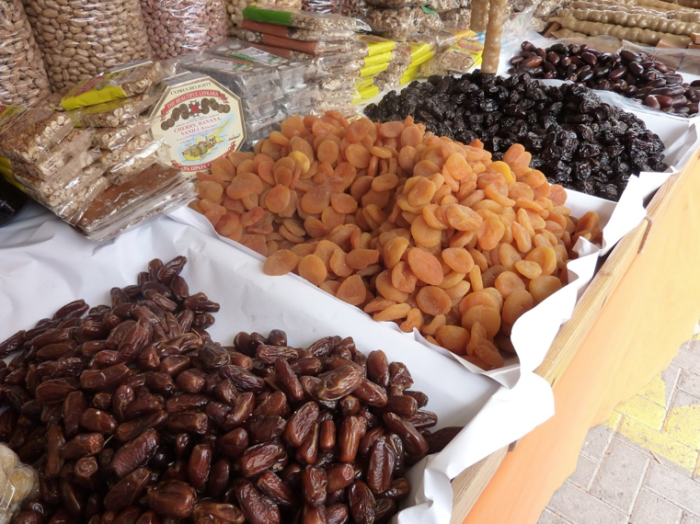
Juicing is a highly effective way of getting nutrients into the body. Real foods are ‘understood’ by the body. Humans have been consuming real foods for millions of years, which is why the most efficient route to keeping your body nourished is via food.
In modern times, with busy lives having a consistent varied supply of natural food sources of nutrients can be challenging for many people. In such circumstances, juicing can be a nice, quick and easy route to making sure you are consuming your fresh fruits, vegetables and greens.
Most of our clients are busy people who know what healthy foods are, and how to prepare them – they just don’t have the time to consistently add nutrition to their diet. Here is the advice I give them to increase the density of nutrients in their daily routine:

Juicing doesn’t have to be a complicated mess. My favourite solution for busy people is to tell them to buy a spectrum of their favourite fruits and vegetables, peel, chop into squares and throw into the freezer. Each morning, take your favourite fruits and whack them in a blender and hey presto! A fresh juice.

Use food powders
Some foods have a much larger spectrum of nutrients, micronutrients and minerals. Other foods have specific properties, such as immune properties or detoxification properties. Dried powder versions of foods means you get more nutrient per teaspoon than you would with a fresh food or herb, so dried powders are an excellent way to increase the nutritional value of your juice. My top three dried powders are Klamath algae, shiitake mushroom and ginger – but you are free to add any powder you like to your juice.

Natural sweeteners
The natural world is full of beautiful sweet fibrous beneficial sugars, so if you have a sweet tooth and would like to sweeten your juice, choose a sweet fruit. Dried dates, apricots, or fresh strawberries and organic honey are a lovely way to add the sweet flavour. Cinnamon and vanilla are pretty awesome too.
No pressure
Many people who are a state of stress regarding their nutrients tend to put a lot of pressure on themselves to make the perfect juice (kale and spinach smoothie anyone?). But by far the most important thing when starting your juicing journey is to aim for what you can achieve. For some, this begins with something simple like pineapple and carrot, for others it can mean water with food powder in it. The most important thing is to aim for something that you can achieve, enjoy and grow. So get started first, and then build up from there.
Go organic where you can
Organic food is dearer than other types of food, so it’s important to know when to go organic and when it’s not as necessary. Ideally, everything is organic, but in real life this is not so achievable. So the rule to follow is ‘anything that grows above ground MUST be organic’ – these tend to be fruits that attract a lot of pests, and so are frequently drenched in fertilisers (and absorb them a great deal too!). Strawberries, grapes and berries in general are the must-be-organic group. Fruits with a nice large protective skin such as watermelon will not have absorbed as much chemical as the smaller fruits that grow above ground.
If you are interested in a free 20 minute consult about your health, and you are a ThinkTree member – email leyla@healthy.co.uk and quote your ThinkTree Hub membership number.